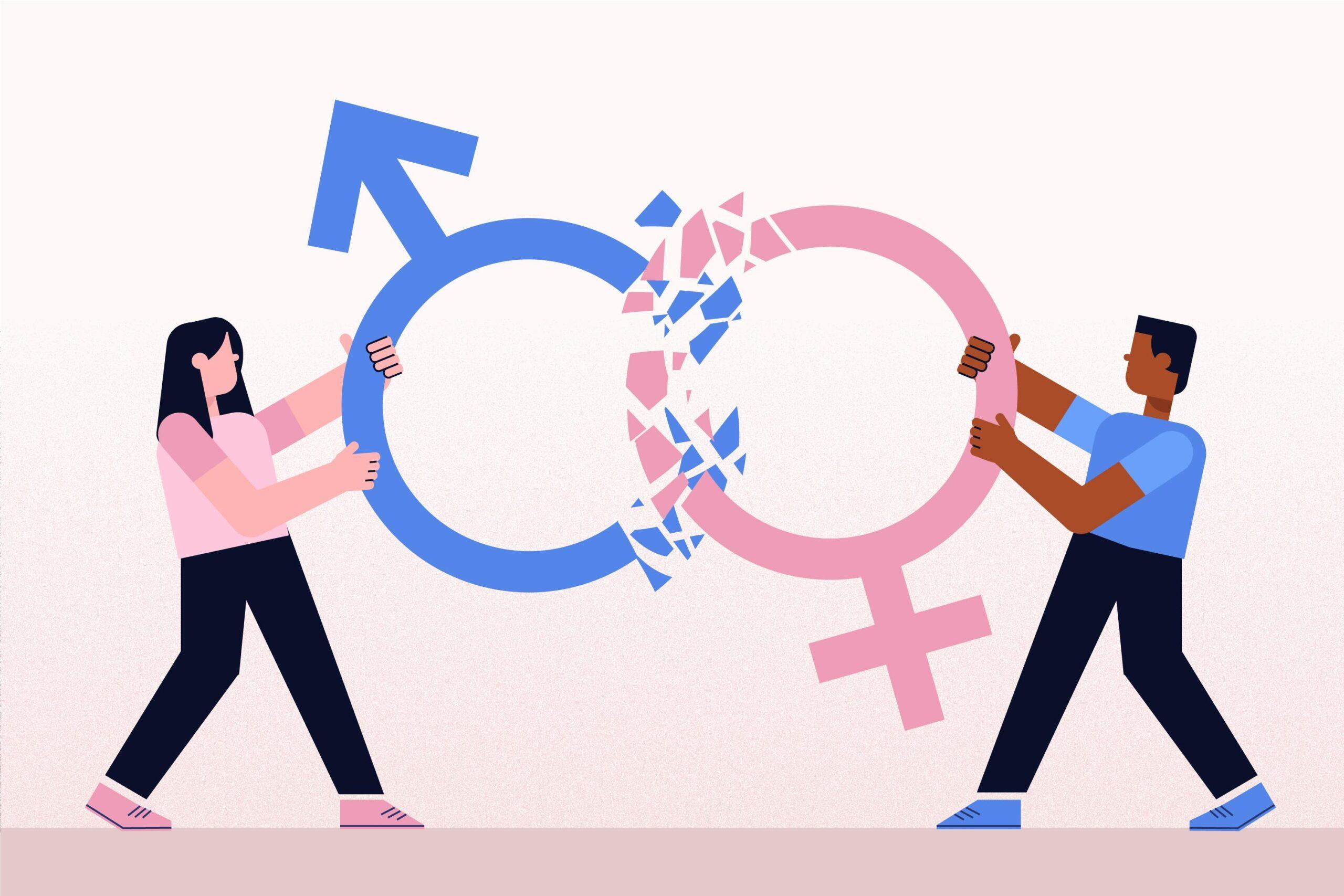
Education Enigma: Gender Discrimination in Schooling Laws
admin
- 0
kfoodfair2015.com – The global landscape of education has seen significant strides towards inclusivity and equality. However, the shadow of gender discrimination persists in schooling laws, perpetuating an enigma that undermines the fundamental right to education. This article delves into the complexities of gender discrimination in schooling laws, examining its manifestations, impacts, and potential pathways to reform.
The Persistence of Gender Bias in Education
Despite international agreements and national commitments to gender equality in education, disparities rooted in law and policy continue to hinder progress. From curricular content that reinforces stereotypes to dress codes that disproportionately target girls, the legal frameworks governing education often reflect and perpetuate gender biases.
Legal Barriers to Gender Equality in Schools
A critical examination of schooling laws reveals a patchwork of regulations that can inadvertently or intentionally discriminate against one gender. This includes unequal access to sports, extracurricular activities, and vocational training, as well as disparities in disciplinary actions and educational opportunities.
The Impact on Students
Gender discrimination in schooling laws has a profound impact on students, shaping their educational experiences and future opportunities. For girls, this can mean limited access to subjects traditionally deemed “masculine,” while boys may face pressure to conform to rigid definitions of masculinity, stifling personal growth and academic pursuits.
Case Studies: A Global Perspective
Across the globe, the manifestations of gender discrimination in schooling laws vary widely. From developing nations where girls’ education is legally marginalized to developed countries where subtle biases persist, the issue is both pervasive and diverse. This section highlights specific examples to illustrate the breadth of the problem.
Pathways to Reform
Addressing gender discrimination in schooling laws requires a multifaceted approach. Legal reforms must be coupled with educational initiatives that promote gender equality and challenge stereotypes. Empowering students, educators, and policymakers with knowledge and tools to dismantle gender biases is crucial.
Conclusion
The education enigma of gender discrimination in schooling laws is a complex challenge that demands concerted efforts from all stakeholders. By understanding the nuances of the issue and advocating for equitable policies, we can pave the way for a future where education is truly inclusive and empowering for all genders.


